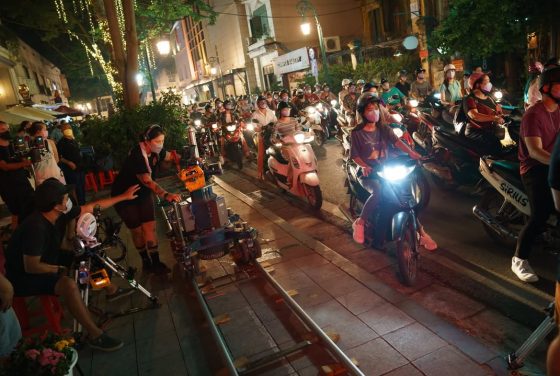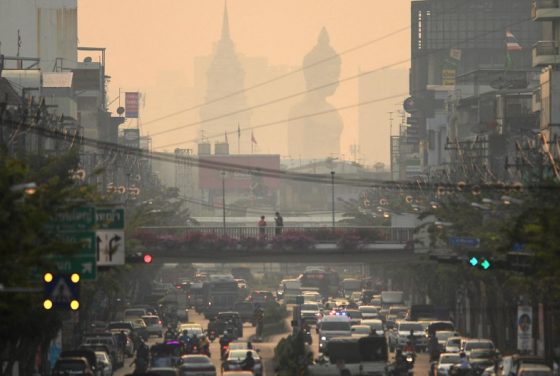Behind the Scene: How Film Shapes Tourism in Southeast Asia
08 December 2025
Photo: Instagram post by @oatjo (2023, November 29) Introduction Because of the growing influence of entertainment, more tourists are flocking to visit destinations featured in various media, notably films. Reflecting on this, Iwashita (2003) pointed out that film, television, ...
Making the Air Breathable in Southeast Asia: Assessing the Impact and Challenges of Thailand’s Clean Air Act on Addressing Choking Air Pollution
25 November 2025
Photo: Chalinee Thirasupa / Reuters (February 2, 2023) Abstract Southeast Asia faces a serious air pollution crisis due to rapid urbanization, industrial growth, and unsustainable farming practices. The proposed Clean Air Act in Thailand represents a crucial step in ...
Marine Infrastructure as a Security Dilemma: The Evolving Dimension of Subsea Cable Projects in Southeast Asia
19 August 2025
Information has become a crucial asset in a globalised world order, speed and consistent transmission of information have become vital for a thriving digital economy. To facilitate this global flow of information, subsea communication cables connect every continent in a ...



